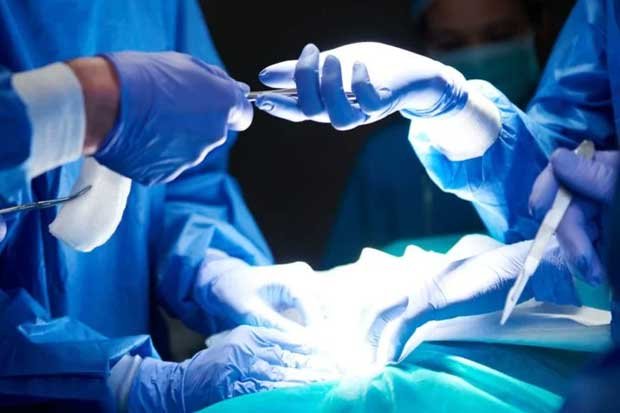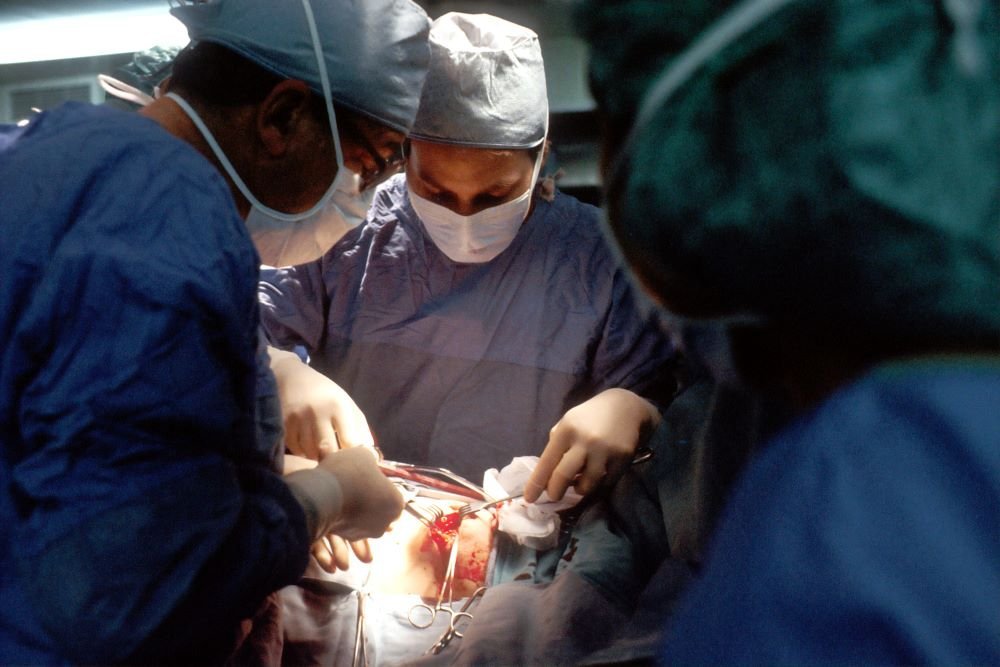You might have heard a lot about key-hole surgery, but what does that mean exactly in chest surgery?
The technical term that you might have spotted on a letter from your doctor or heard during a consultation is VATS, that stands for video-assisted thoracic surgery. In simple terms surgeons perform small cuts in the chest wall and get to the lung using long instruments. Traditonally three or more incisions were used, but, in my practice, I have minimized that and only use one single cut of about 3cm in length. The advantages in terms of recovery are easily understood. Being less invasive allows me to operate even those patients that do not traditionally fit the criteria for surgery. Think of elderly patients, individuals with medical problems, such as: heart and lung diseases, diabetes, current smokers.
The superiority of single cut approach allows patients to recover more easily in the immediate post-operative period, to stay in hospital for a shorter period of time, to resume previous activities much sooner and lastly be able to receive further cancer care, if needed, earlier.
What will I wake up with after key-hole chest surgery?
After surgery you will have one small, soft tube (chest drain) coming out of the chest, the purpose is to drain any air or fluid that might collect in the chest after surgery. This drain is connected to a very advanced digital system that allows a precise monitoring of the patient’s conditions.
Will I be in pain when I wake up?
The most important thing to ensure a fast recovery is that you must not be in pain and I strive to achieve that. Certainly patients might experience a bit of discomfort but, in my practice, it is incredibly rare to have excruciating pain. All patients receive intercostal nerve blocks with local anesthetic to temporarily numb the chest wall and also a pump to get some strong morphine-based pain killers on demand. The pump is set in such way so that it is impossible to over-dose. Recently I have also been treating patients with crio-nerve blockade. This is aa new technique where the nerves that run along the chest wall are frozen to stop them from working for a period of several weeks, at the end of which patient will usually have recovered and are pain free.
When will I be able to eat or drink?
Usually patients can eat up to 6 hours before keyhole lung cancer surgery and drink water only up to two hours before. After surgery water intake can resume pretty quickly, often already in the recovery room and they can have a light meal in the evening of surgery. From the following day they can eat and drink freely.
How long does the chest drain stay in for and will I have to go home with a drain?
The vast majority of patients will have the drain removed either on the first or second postoperative day, depending on the amount of air and fluid that come out during the previous 24h. Occasionally patients are discharged home with a small flat bag, that can be worn under clothing, and are followed up weekly. The reality is that nowdays the vast majority of patients spends very little time in hospital and, at discharge, they are able to get dressed, washed and go up and down the stairs.







